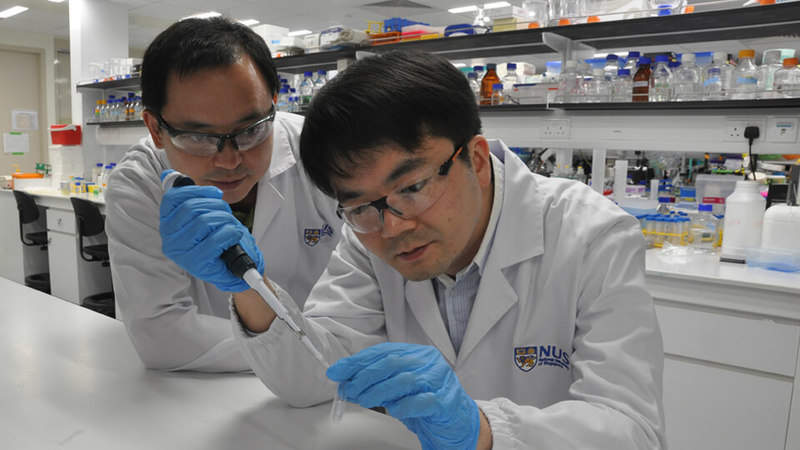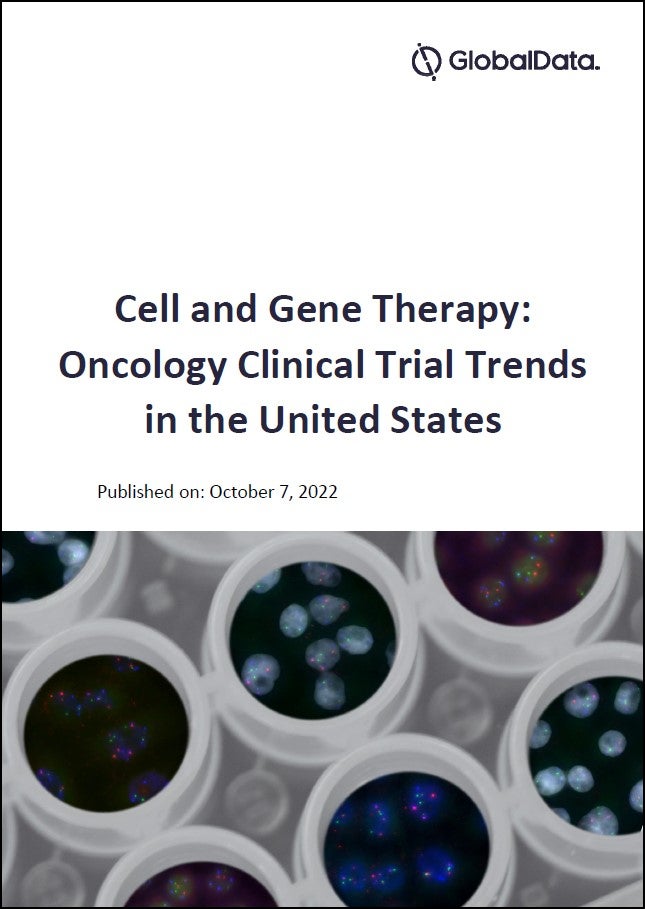

A new study conducted by researchers from the National University of Singapore (NUS) has revealed that the co-treatment using artemisinin and aminolaevulinic acid (ALA) can potentially kill cancer cells and suppress tumour growth with fewer side effects.
Artemisinin is a potent anti-malarial drug with anti-cancer properties, which can be enhanced by ten folds when administered in combination with ALA.
ALA is a photosensitiser or a drug, which, when exposed to light, results in the generation of free radicals that can kill cancer cells.
The photosensitiser is used in photodynamic therapy, in combination with a special light source, and is used for the treatment of a wide range of cancers, including that of skin and prostate.
How well do you really know your competitors?
Access the most comprehensive Company Profiles on the market, powered by GlobalData. Save hours of research. Gain competitive edge.

Thank you!
Your download email will arrive shortly
Not ready to buy yet? Download a free sample
We are confident about the unique quality of our Company Profiles. However, we want you to make the most beneficial decision for your business, so we offer a free sample that you can download by submitting the below form
By GlobalDataSee Also:
NUS scientists have recently discovered that an Artemisinin-ALA co-treatment can help kill colorectal cancer cells and suppress tumour growth more effectively than using the anti-malarial therapy alone.
NUS Yong Loo Lin School of Medicine Department of Physiology Dr Wang Jigang said: “Artemisinin and ALA are both existing drugs that are well tolerated by the human body. As such, this promising cancer treatment could have fewer side effects.”
The team of researchers previously conducted a study on the antimalarial mechanism of artemisinin and its potent parasite-killing effect.
The research revealed that artemisinin is activated by haem, an iron-containing compound, which is an important component of several biologically important proteins, such as haemoglobin and many metabolic pathway enzymes.
Malaria parasites survive on haemoglobin as their food while residing in the person’s red blood cells.
Digestion of haemoglobin by the parasites generates large amount of haem that leads to the activation of artemisinin in the parasites, attacking multiple proteins that are essential for their survival and therefore killing them.
The recent research showed that cancer cells have higher haem levels as compared to the non-cancer cells, in addition to an elevated haem biosynthesis pathway.
With the activation by haem in cancer cells, artemisinin attacks more than 300 proteins, several of which are essential for the survival of cancer cells.
The NUS scientists found that the anti-cancer activity of the anti-malarial treatment can be further enhanced with the combination of ALA, which helps increase haem levels inside the cancer cells.
The use of ALA significantly increased the killing effect of artemisinin against colorectal cancer cells, with minimal effect on the non-cancer cells.
Image: From left: Dr Lin Qingsong and Dr Wang Jigang. Photo: courtesy of the National University of Singapore.




